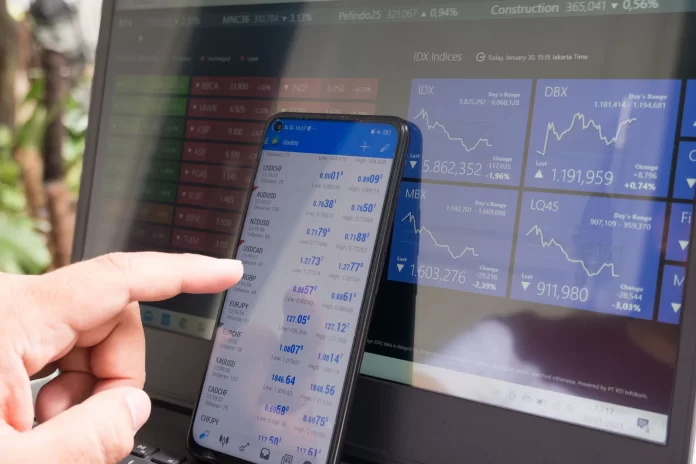All forex traders of the world trade with only one goal in mind: to exaggerate their capital by making successful trades. But everyone always wants to make a big profit, and it can be achieved only if there is a big deposit. Trader may use margin trading allowing him to open orders larger than the initial deposit. You must have frequently encountered such a notion as free margin. In this article, we will examine the difference between margin and free margin and how it works in trading.
What is a margin and why do we need it
Margin is closely related to leverage. It represents a part of your funds, which is blocked on the trader’s account when he opens a deal. This is done so that if you fail, you can recoup your losses. When you close a deal, your margin is returned to your account and is now available to open new trades. Margin determines the maximum leverage that your broker will provide you and that is why leverage trading is often referred to as margin trading. Margin trading is very popular among traders, as it gives them the opportunity to earn much more than their capital allows, but at the same time, the trader increases their risk of loss.
What is free margin
There are two types of margin; used margin and free margin. Used margin consists of the sum of the margin on all open positions. Free margin is the difference between your capital and your used margin. Essentially, this is the amount of money that has remained in your account and has not been utilized in any way in your active trades. Free margin is often referred to as usable margin, due to the fact that you can use these remaining funds to open new trades.
How to calculate the free margin
Free margin is calculated using a fairly simple formula – capital minus used margin. Based on this formula, if your capital increases as a result of a successful open position, your free margin will increase with it. And in case, if you have a losing open position, respectively, the free margin will decrease.
It will be easier for you to understand it on a simple example.
Let’s assume that you have a trading account with a balance of $5,000 and you want to open a $50,000 position with leverage of 1:20. Under these conditions, this gives you the following calculations:
- Your Equity = $5000.
- Your regular margin will be $2,500 or (5 percent of $5,000)
- Free Margin would be $2,500 (the difference between equity and margin used is $5,000 – $2,500 = $2,500)
If you get a profit from open positions, for example, 200 dollars, the situation would look like this:
- Your Equity = 5200
- The regular margin would remain the same $2,500 or (5 percent of $5,000)
- The free margin will be 2500 + 200 dollars from our trade = 2700 (the difference between equity and used margin 5200-2500 = 2700)
In the case that your open positions will bring losses, your free margin will decrease. For example, with a loss of $600, your free margin will be $1,900 because your capital has decreased.
Splaitor doesn’t provide any investment, money management, or trading advice. Read our Disclaimer to know more.






